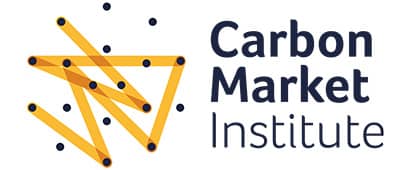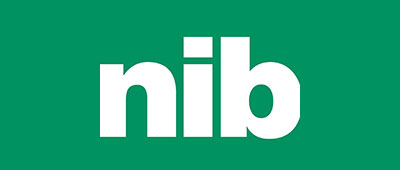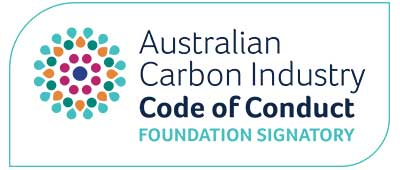Peru carbon supermap – way of the future?
Stanford University has completed an incredible carbon map of the whole of Peru showing the towering forests, cattle stations and even illegal gold mining plots! Could this be the way of the future to measure and track carbon in the landscape?
The map was created using the Carnegie Airborne Observatory – a twin engine turboprop decked out with all the latest sensors, computer and gadgets. The CAO is bringing science to the management of natural landscapes in Panama, Brazil and South Africa. And now it has turned its high resolution laser beams focus to Peru and avoided deforestation.
As reported at Business Insider, the CAO team scanned Peru from the air for two years – the super plane can scan up to 100,000 hectares a day – and calibrated these images with samples taken across 16 million hectares of ecosystems on the ground. The result is a map of spectacular detail which can be used to inform Peru’s carbon and forest strategies. Check out the visual details in team leader Greg Asner’s TED talk.

Peruvian carbon supermap: note the blue areas with very low carbon and areas of red with very high carbon. Source: Carnegie Airborne Observatory
One point of interest is that cattle stations scored very poorly with bare paddocks storing very little carbon at all. Another are the pockmarks from illegal mining right in the heart of the forests.
This work highlights both rangelands as an opportunity for improvement in carbon stocks and also a new technique for measuring carbon in the land. The CAO super plane is not a cheap exercise but it all depends on how serious you are about managing carbon in the landscape. For example, how much did the decade of work developing the savanna methodology cost? And this really only applies to a specific land management technique. The super sensing model has the potential to apply to a full range of sequestration techniques across various landscapes.
Imagine the CAO checking out the rangelands of Australia. One day you might see the plane go overhead and get the carbon bill in your inbox the next week. Food for thought.























